As a newspaper photographer, I always enjoyed getting lost between assignments, turning down a road I’d never been on before to see what was there. Although I left newspapers many years ago, that’s still one of the things I enjoy most about photography – exploring, finding new visual treats. And that’s something I try to carry over into the photo trips I lead. Last week I returned from leading my seventh annual Moab (Utah) trip, and on each one I’ve managed to find and add new and different places to photograph. Sure, I still always take my group to the highlights, but finding those new things keeps it interesting for me, and more importantly, for those clients who return for a second (or even third!) time.
Below are some of the photos I made this last trip, along with some information about them. And if you’re interested in joining me for the 2024 trip (always in early November), let me know.
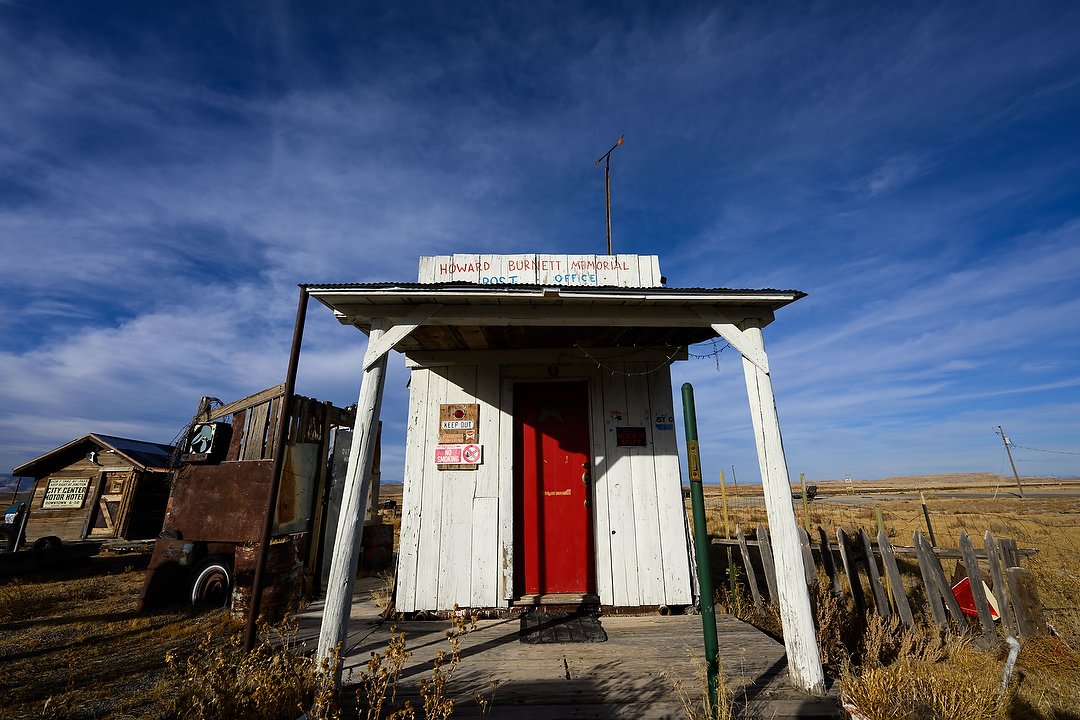
I’d read about a ghost town an hour north of Moab named Cisco, so made a quick stop at it on the drive to Moab from Salt Lake City. I was impressed, so added it to our itinerary for the last day of the trip. Nikon Z 8, Aperture Priority, Sunny white balance, ISO 64, 1/320 at f/9 in Matrix metering, -0.3 EV, Nikkor Z 14-30mm f/4 S lens at 15mm.
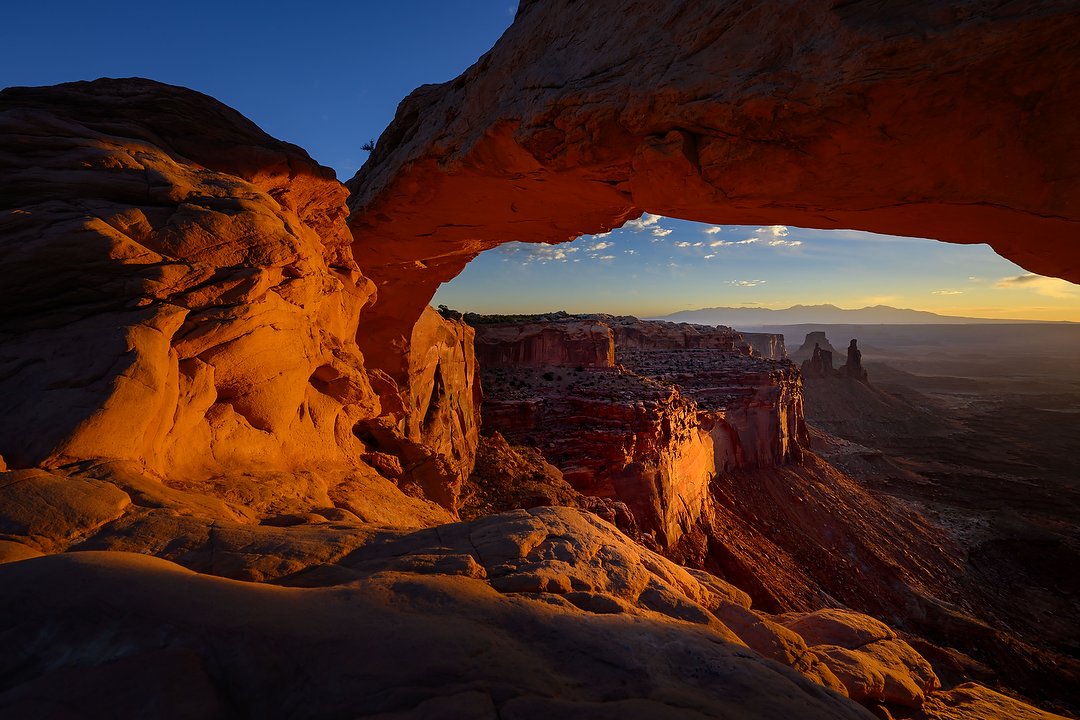
Each trip always begins with a sunrise shoot at Mesa Arch, which never disappoints. Over the years I’ve figured out when we need to be there, the easiest trail to hike in on, the best spots to suggest shooting it from and how long to stay. Nikon Z 8, Aperture Priority, Sunny white balance, ISO 100, 1/30 at f/14 in Matrix metering, -0.7 EV, Nikkor Z 14-30mm f/4 S lens at 14mm.
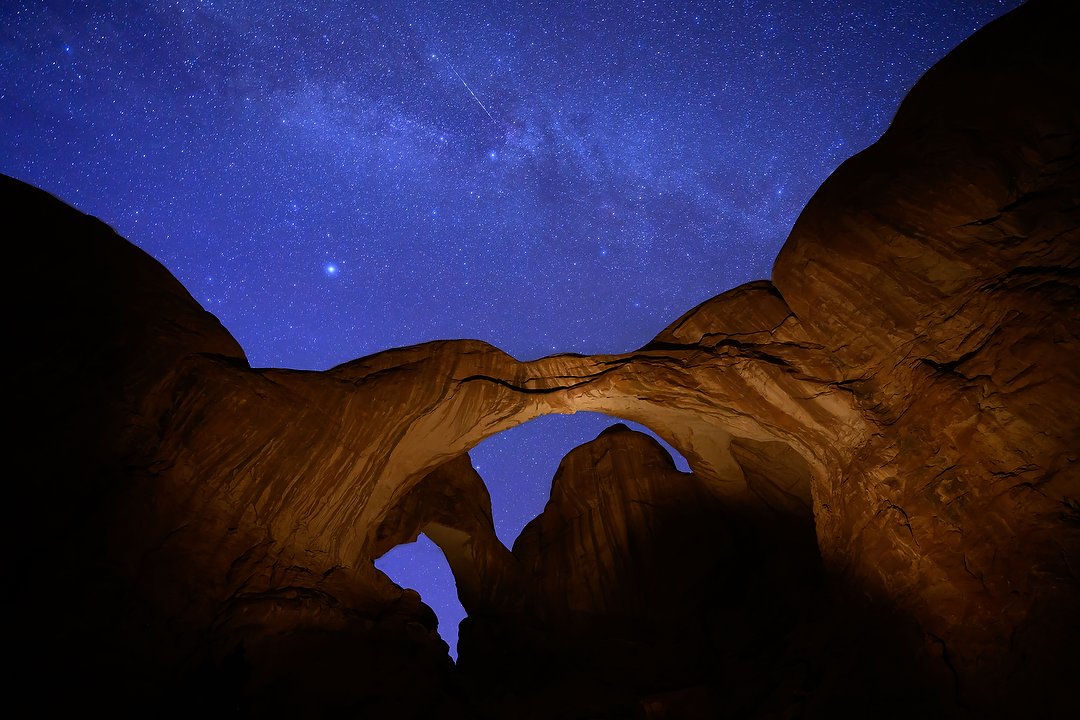
The first day is all about visiting some of the classic arches in the area, so we finish it with our first night shoot, at Double Arch. Since we’re out shooting every night that week, by the end the group is always pretty comfortable with what it takes to do night photography. And, they also develop a good, basic understanding of light painting. Nikon Z 8, Manual exposure, 3800K white balance, ISO 4000, 30-seconds at f/2.8, Nikkor Z 14-24mm f/2.8 S lens at 14mm.
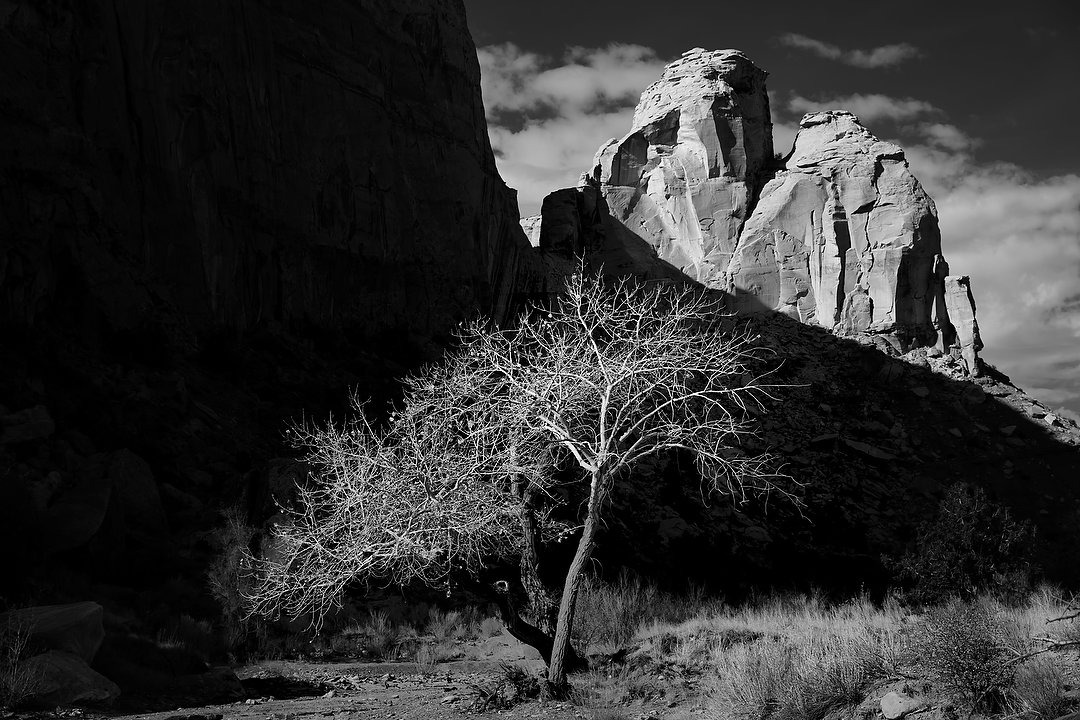
The entire second day is spent away from the national parks, taking advantage of some of the beautiful places I’ve found in the public lands nearby. Nikon Z 8 using a custom Monochrome Picture Control, Aperture Priority, Sunny white balance, ISO 64, 1/250 at f/8 in Matrix metering, -1.0 EV, Nikkor Z 24-120mm f/4 S lens at 62mm.
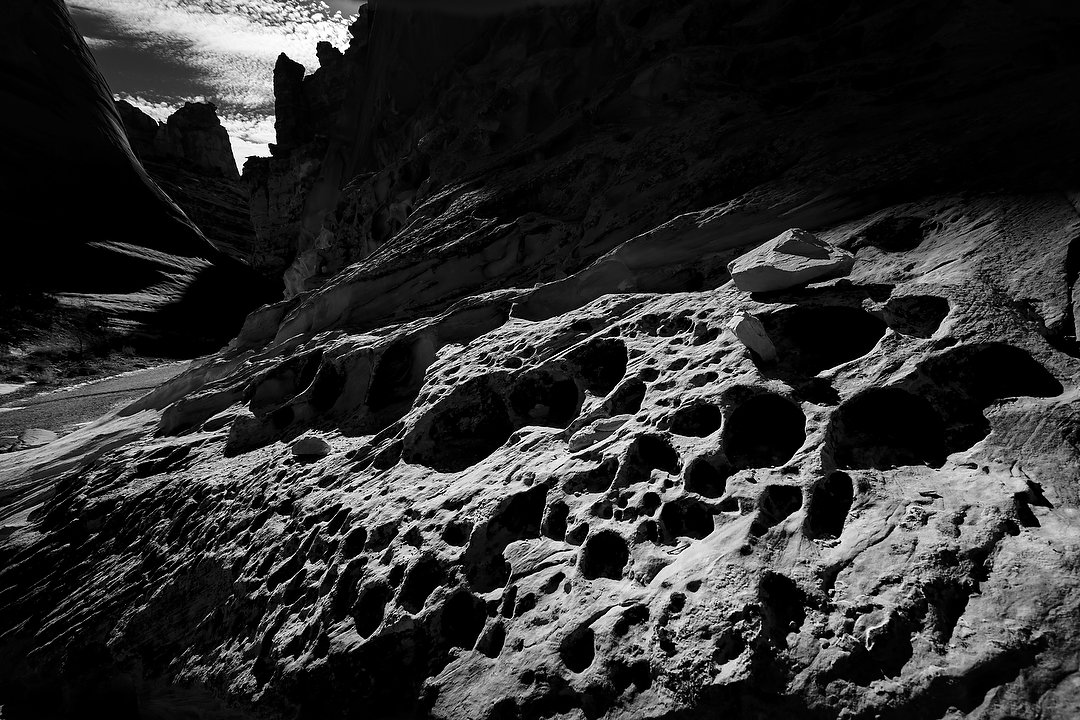
I continued shooting black-and-white that day as we explored Crack Canyon, which requires a high-clearance 4WD vehicle to access. Nikon Z 8 using a custom Monochrome Picture Control, Aperture Priority, Sunny white balance, 5210K, ISO 64, 1/500 at f/8 in Matrix metering, -2.0 EV, Nikkor Z 14-30mm f/4 S lens at 15mm.
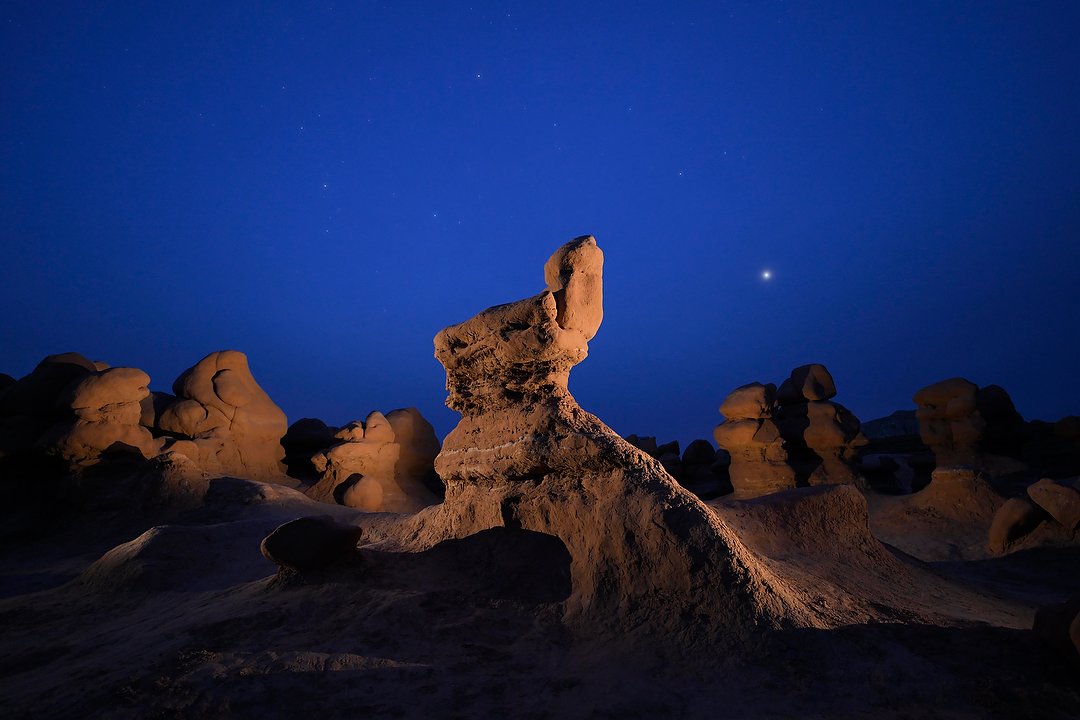
The end of the day was spent at at Goblin Valley State Park. As dusk descended, I showed the group how to do low-level lighting with Lume Cubes. Four are in place for this photo. Despite a mostly mostly overcast sky, Saturn, joined by a few stars, managed to show through. Nikon Z 8, Manual exposure, Sunny white balance, ISO 2000, Eight-seconds at f/2.8, Nikkor Z 14-24mm f/2.8 S lens at 20mm.
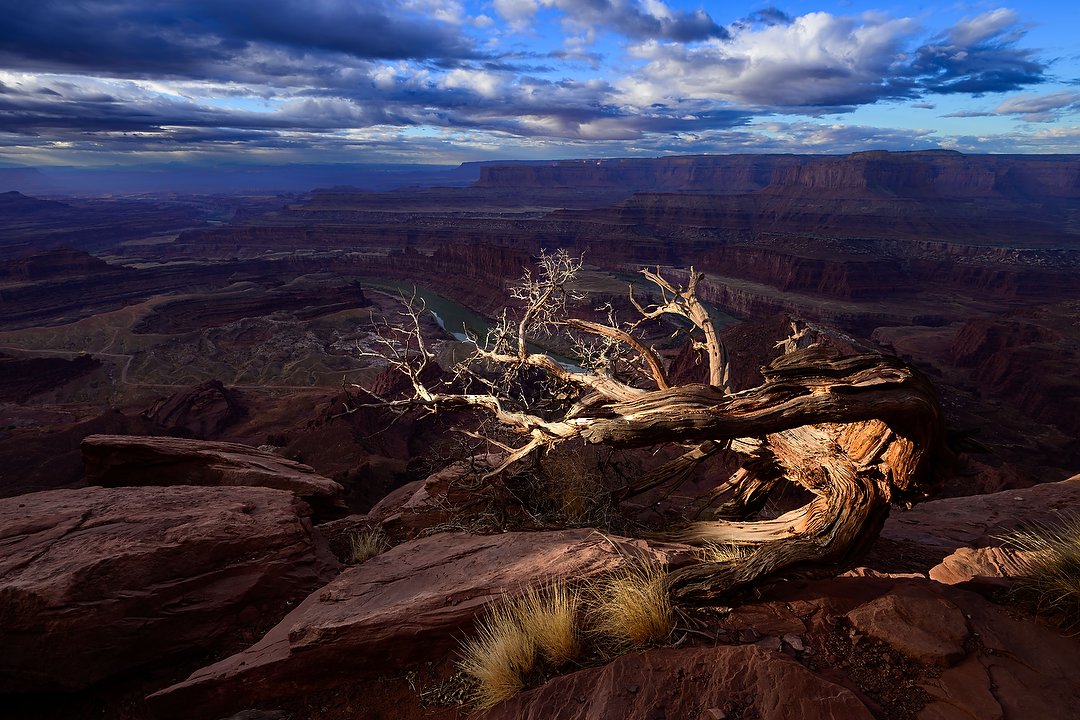
On the third day, we started with early light at Dead Horse Point State Park. The sky was heavily overcast when we arriveda t sunrise, but as it broke up we were greeted with some beautiful spots of light. Nikon Z 8, Aperture Priority, Sunny white balance, ISO 100, 1/80 at f/9 in Matrix metering, -1.0 EV, Nikkor Z 14-30mm f/4 S lens at 16mm.
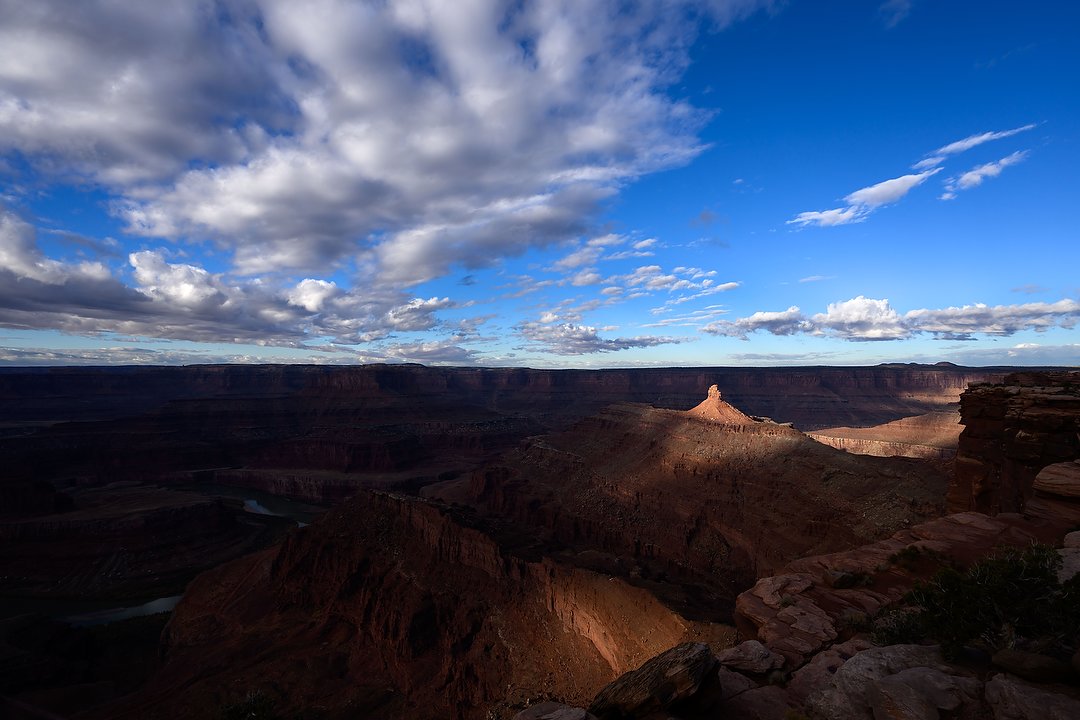
The sun continued to play peekaboo with the clouds, which kept changing the look of the landscape around us. And to make the morning even better, we were still able to return to the hotel in time for breakfast! Nikon Z 8, Aperture Priority, Sunny white balance, 5210K, ISO 100, 1/400 at f/8 in Matrix metering, -1.0 EV, Nikkor Z 14-30mm f/4 S lens at 16mm.
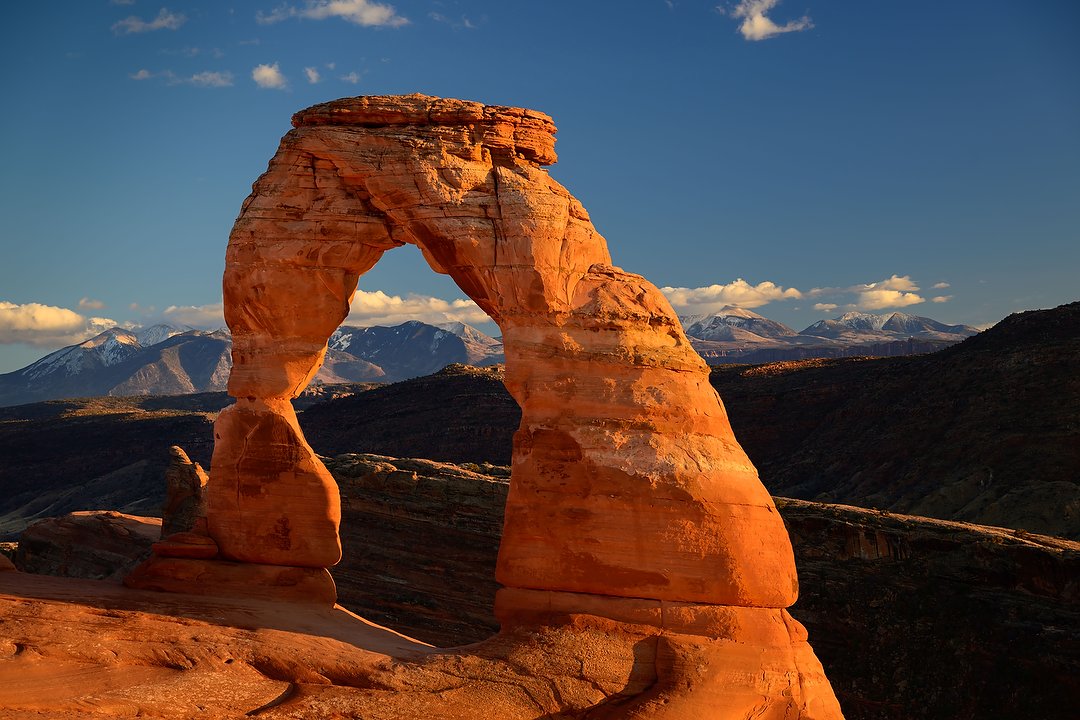
After a break (nap for me!) and lunch, we returned to Arches NP that afternoon for the hike up to Delicate Arch. It’s not a long one, but relentlessly uphill with a bit of scrambling. Sunset there, however, makes it well worth the effort. Nikon Z 8, Aperture Priority, Sunny white balance, ISO 100, 1/30 at f/6.3 in Matrix metering, -0.7 EV, Nikkor Z 24-120mm f/4 S lens at 67mm with a polarizing filter.
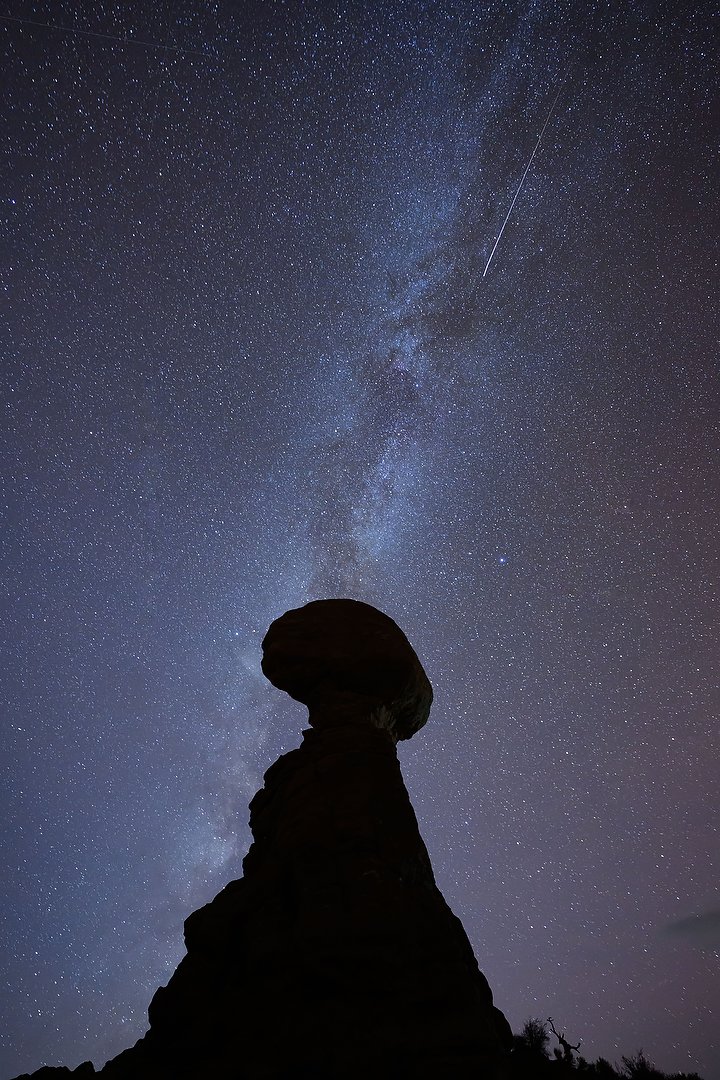
Returning after dark to our cars, we then headed to Balanced Rock for the night shoot. Having scouted the area earlier in the day, we knew just where to place our tripods to photograph it with the Milky Way behind. And occasionally, we’d even get the bonus of a shooting star! Nikon Z 8, Manual exposure, 3800K white balance, ISO 4000, 30-seconds at f/2.8, Nikkor Z 14-24mm f/2.8 S lens at 14mm.
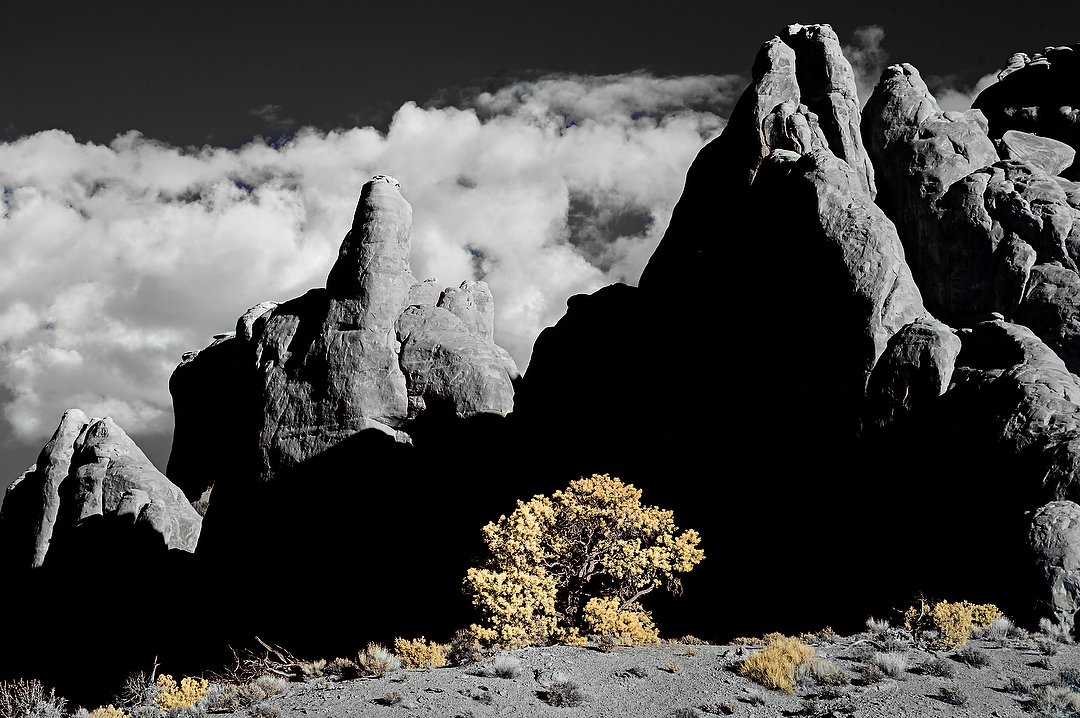
On the fourth and final morning, we worked our way to the far end of Arches NP, stopping to shoot interesting scenes like this along the way. On landscape trips I often bring a full-spectrum camera, which can then be used for infrared photography as well as being a backup for regular daylight photography (depending on the filter used). Here, I’m using it with the IR filter to create a “false-color” picture, then removing the color from everything but some of the bushes. Nikon Z 6, Aperture Priority, Preset 2 white balance, ISO 100, 1/80 at f/13 in Matrix metering, +1.7 EV, Nikkor Z 24-120mm f/4 S lens at 99mm.
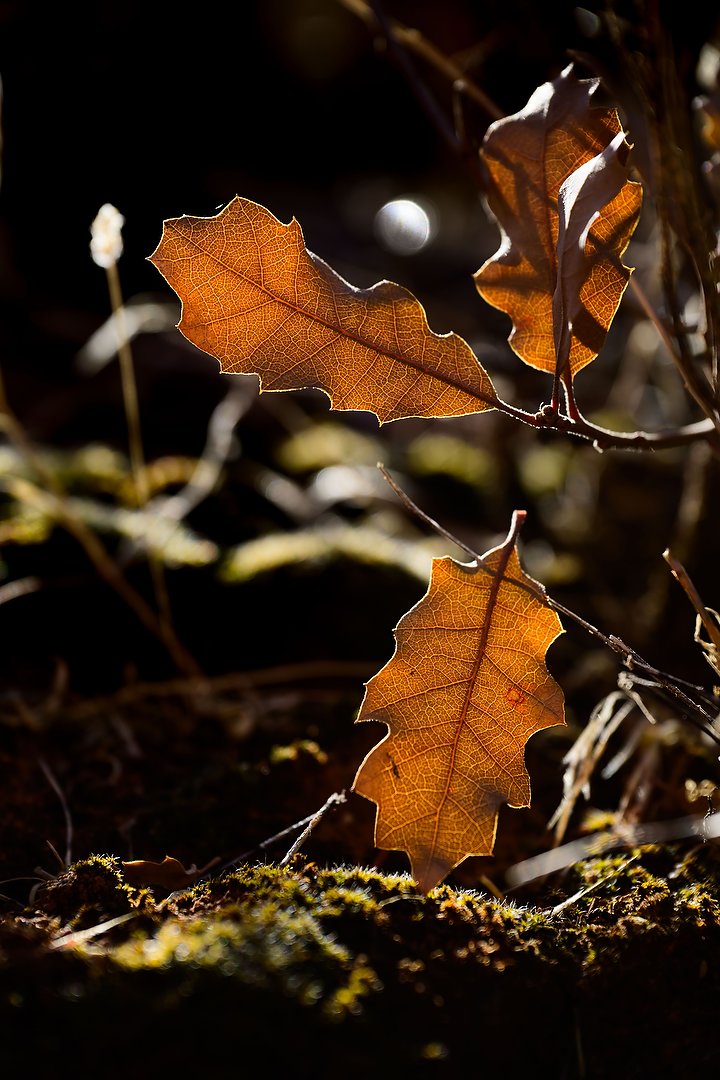
Eventually we reached our main shoot for the morning, Devil’s Garden. This is when I again remind people that they should be looking for details, too. While we’ve been enjoying grand landscapes all well, the small things also make the area beautiful. Nikon Z 8, Aperture Priority, Sunny white balance, ISO 100, 1/250 at f/6.3 in Matrix metering, -0.7 EV, Nikkor Z 24-120mm f/4 S lens at 120mm.
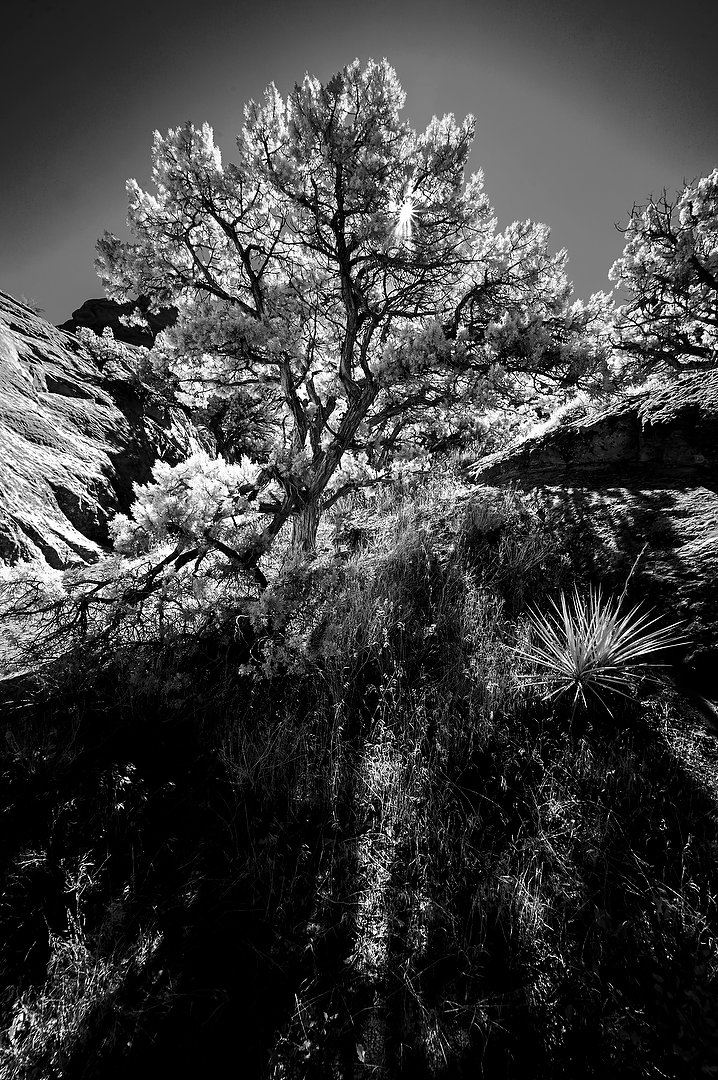
This time I used my converted Nikon Z 6 to shoot infrared black-and-white, which makes green foliage take on a white appearance. Plus, the sky (away from the sun) and areas in shadow are rendered nearly black. Nikon Z 6, Aperture Priority, Preset 2 white balance, ISO 200, 1/40 at f/16 in Matrix metering, +1.7 EV, Nikkor Z 14-30mm f/4 S lens at 14mm.
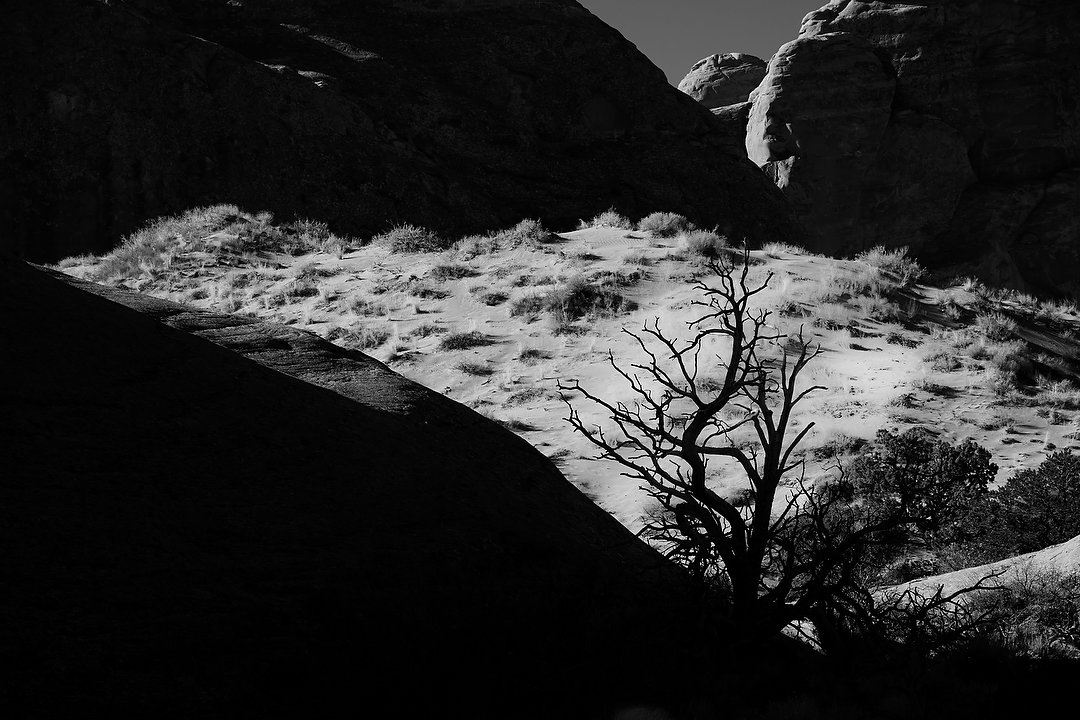
This is one of my favorite scenes from Devil’s Garden. The lines paired with the contrast between black and white make for a compelling monochrome image. Nikon Z 8 using a custom Monochrome Picture Control, Aperture Priority, Sunny white balance, ISO 100, 1/250 at f/10 in Matrix metering, -0.7 EV, Nikkor Z 24-120mm f/4 S lens at 120mm.
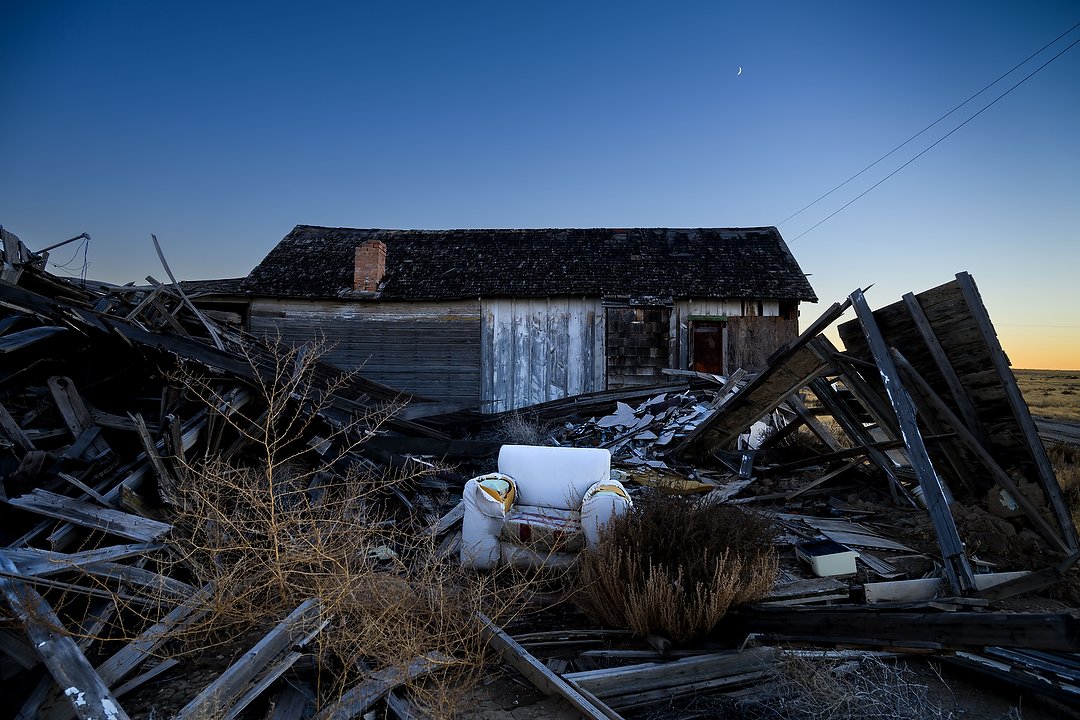
Sunset found us back at Cisco for the last bit of daylight, and then some night photography. I really liked this scene, with the white chair popping out against its dark surroundings, under a rich blue sky. Nikon Z 8, Aperture Priority, Sunny white balance, ISO 200, 1/80 at f/5 in Matrix metering, -0.7 EV, Nikkor Z 24-120mm f/4 S lens at 24mm.
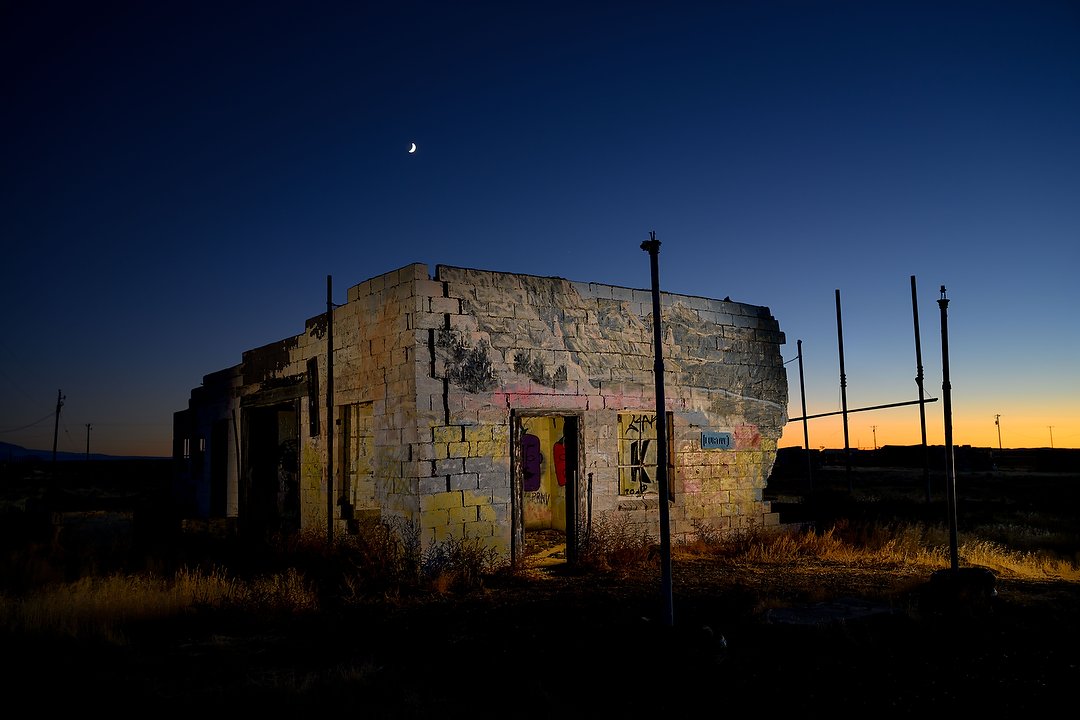
I chose this old graffiti-covered gas station for our first night shoot, to take advantage of the fading sunset behind it and crescent moon above. Three Lume Cubes are being used to light it: one from front right, one from rear left and one just inside the doorway. Nikon Z 8, Manual exposure, Sunny white balance, ISO 200, One-second at f/4, Nikkor Z 24-120mm f/4 S lens at 28mm.
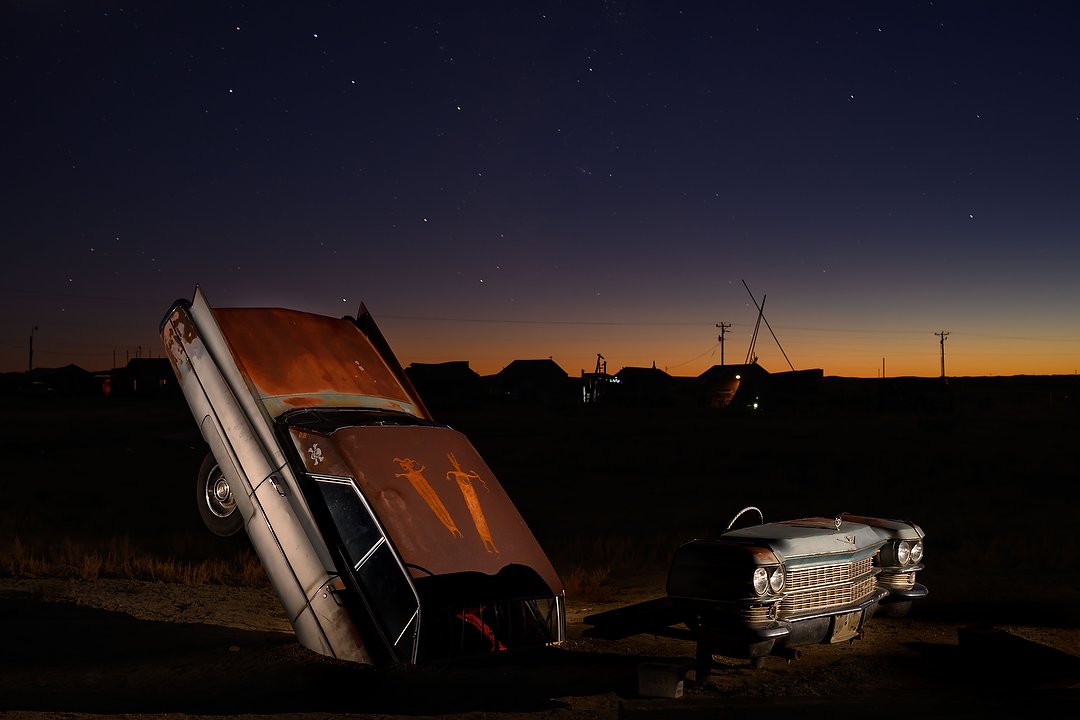
As the stars began to appear, with just a tiny bit of sunset remaining, we moved to this art installation nearby. Again, I used three Lume Cubes to light it. Nikon Z 8, Manual exposure, Sunny white balance, ISO 500, 20-seconds at f/5 in Matrix metering, -1.7 EV, Nikkor Z 24-120mm f/4 S lens at 42mm.
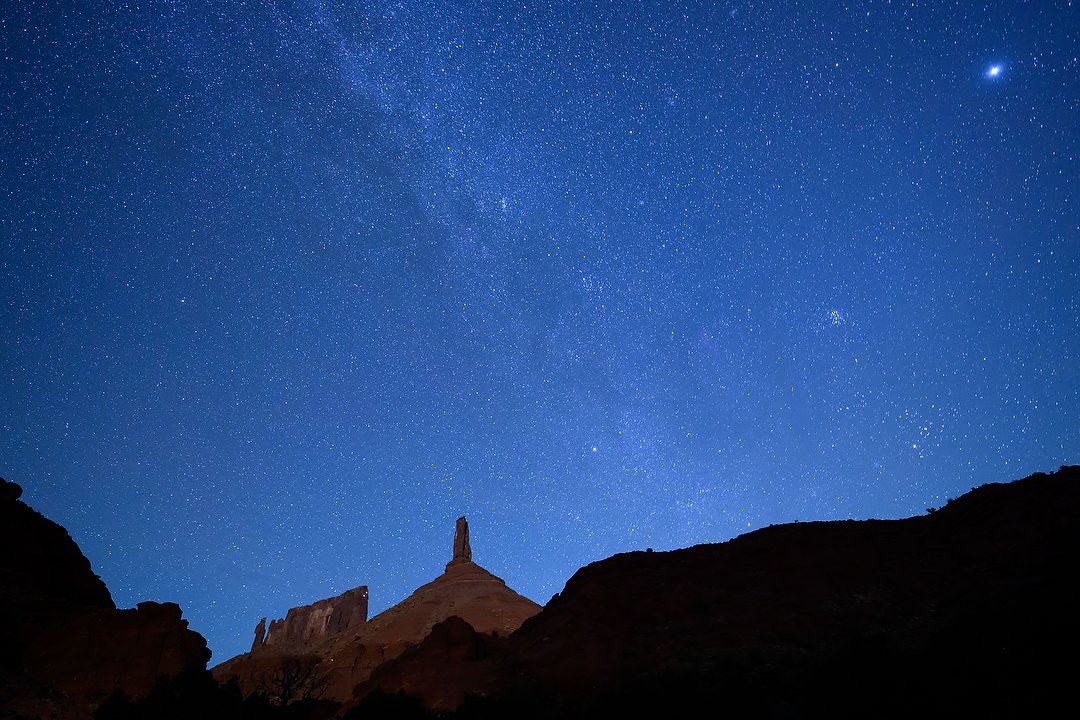
On our way back to Moab for our final, late dinner, we stopped at another new location I’d scouted earlier, Castleton Tower. With the Milky Way above, a thin crescent moon setting behind us lit up that formation along with the one to the left of it. Nikon Z 8, Manual exposure, Incandescent white balance, ISO 5000, 30-seconds at f/2.8, Nikkor Z 14-24mm f/2.8 S lens at 15mm.
Curious about night photography? Want to learn how to do both traditional light painting as well as low-level lighting? Then you should join me in Birmingham this coming spring for a very special workshop.
(If you like this story, please share it with your friends and let them know about the links on photography that I post on my business Facebook page. I’m also on Instagram and Twitter, @reedhoffmann. And if you’re curious about the workshops I teach, you can find them here. Finally, you can subscribe to this blog on my home page.)

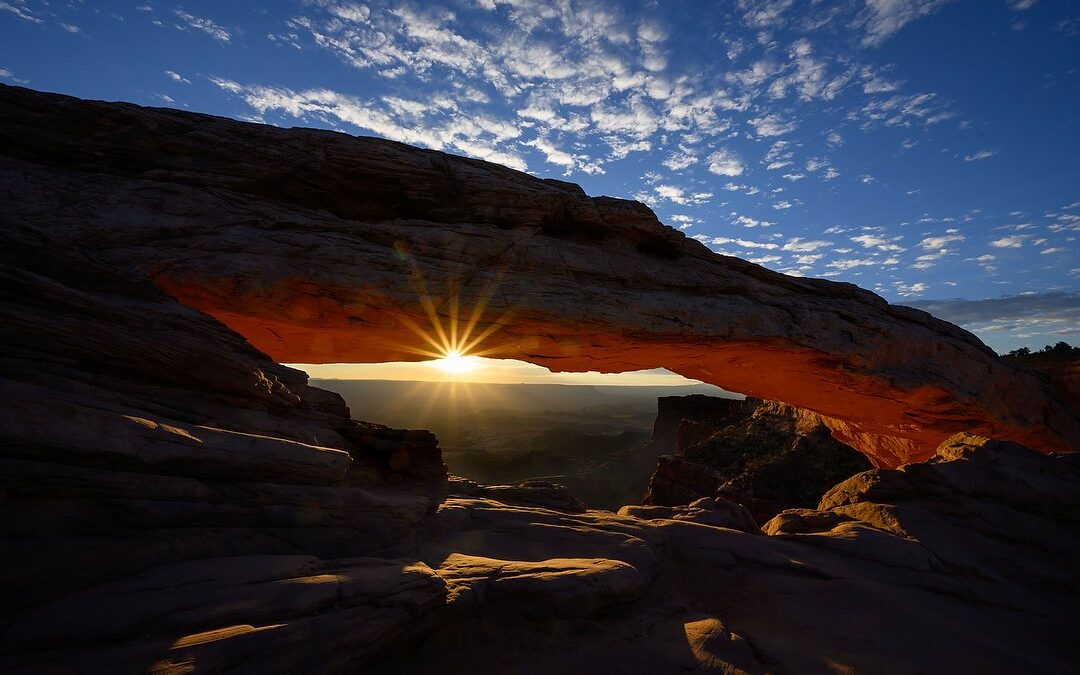
Thank you for including the settings you shoot with on the various pictures. I am just getting used to my new D850 and higher res shooting. Your attention to detail is very much appreciated.